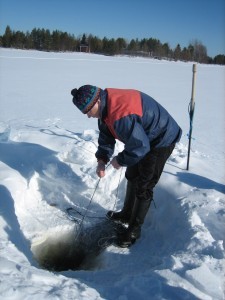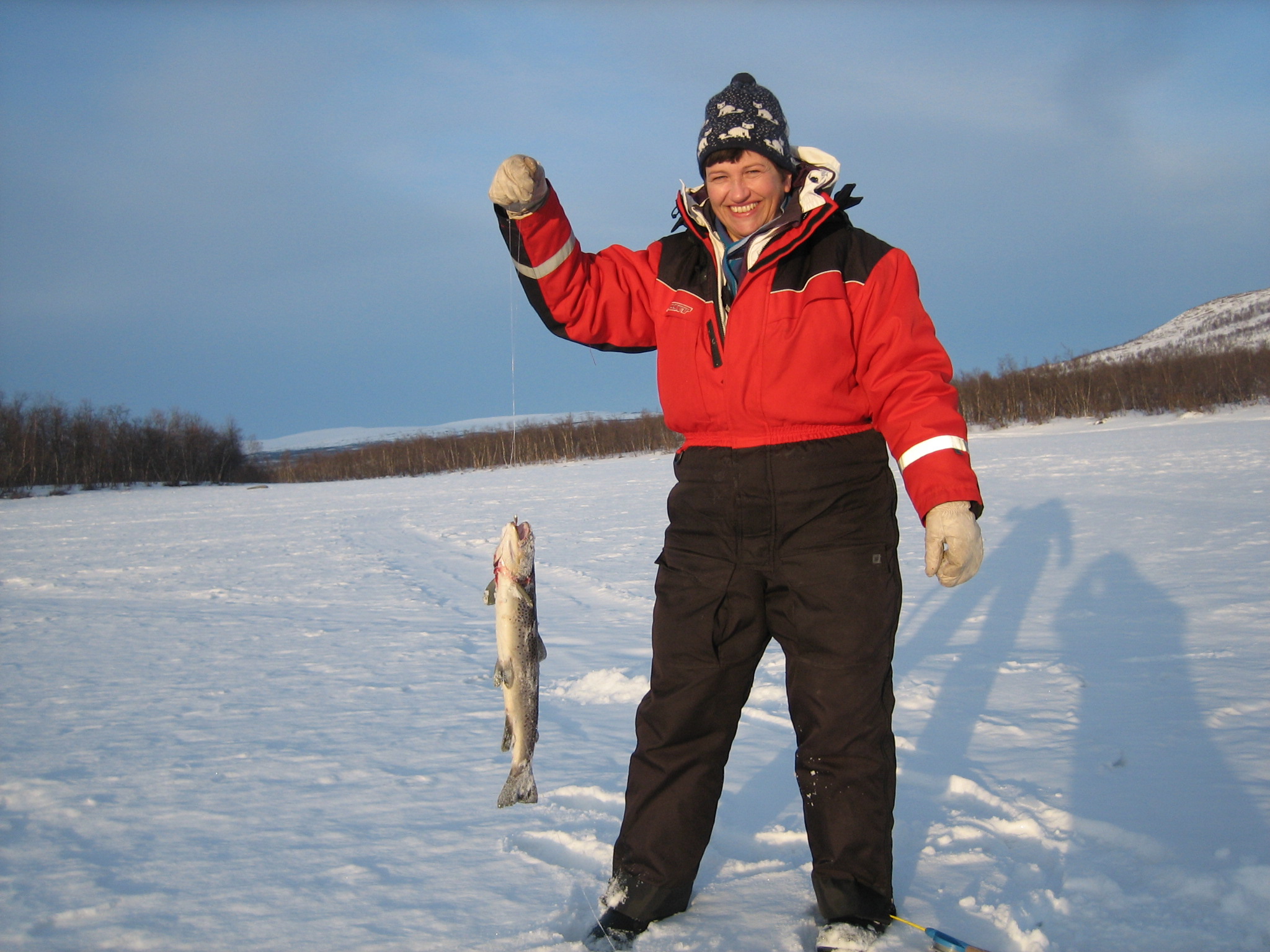My post about the eight seasons you find here: http://grandma-in-lapland.com/lapland-the-land-of-eight-seasons
According to this man, the arctic winter is over when the temperatures during day-time are around 0 degrees Celsius or more. And that happened this week; the cold we had last week with temperatures around -30 degrees Celsius suddenly changed to near 0 degrees.
Even though I still love the winter, snow and cold weather, even for me temperatures around -30 are a little too severe. You can hardly breath outside and the air is so dry, you get dry hands, dry face and dry lips. If you are fortunate enough to not have the seasonal flu, you could manage for a short while outdoor, but if you have the flu and your throat is already sore, the cold, dry weather makes it hard to breath.
The season “Frosty Winter” is supposedly over for this time, but still the “Crusty Snow” season has not arrived. The Crusty Snow is when you can go skiing on top of the snow as the sun has made the snow so hard with melting warmth during the day and still freezing temperatures during the night. In Rovaniemi at the moment the official snow depth is 93 cm.
So we could say we are on the zone between the Frosty Winter and the Crusty Snow seasons at the moment in the middle of March this year.
Another story:
The other day I had to bring my car to the service station for some smaller measures and check-ups. As I came to fetch up the car in the end of the day the service man told me first about the measurements he had made and then at the end he told me, by the way, he had also removed the perch from my motor……
You should have seen my face: the perch!!??!! You say there was a fish in my motor!?
Yes, he said, there was a very old perch, so he could not eat it. He had to throw it away. He also asked me if I used to drive on the ice-road on the river or near a lake or something. I must say, I had no answer at that moment to give to him.
But as I returned home and that question was struggling my head I suddenly came up with the answer: the Weasel!
I have been enjoying the life and movements of a little weasel for several years now in Lapland. Of course, I cannot be sure it is the same weasel all the time. But anyway, as I go ice-fishing a lot, I get a lot of small fish, too. That is fish I do not prepare for my own food. In the beginning I used to give them all to birds near the lake, but as I one day found out there was a weasel fetching up fish, too, I was happy to share the fish with “him”.
During the autumn and winter I have seen the weasel frequently on the camera but also in the real. It is so funny and I have been laughing a lot because of that weasel. I see it collects fish from the place where I use to leave the small fish.
During this winter we have used a trap for racoon dogs as the feeding place for the weasel. As the birds like magpies and jays do not get the fish from the trap, it leaves possibilities for the weasel. The weasel gets into the trap and brings out the fish…no problem!
The weasel collects and hides food in stores for later use. It definitively not eat them all immediately. There are several different stores to where the weasel brings food. You can see that from the tracks around the place. After my visit to the service station with my car I realized my car was also one of the stores of the weasel food! I am glad we found the fish in my motor before summer. Just think about the smell of rutten fish…
And I surely was the laugh of the day for the service man at the station!













 pike or perch on winter net fishing, but also salmon and pike-perch is possible to get, and also this ugly, but delicious fish, living on the bottom of the lake is a good catch; burbot.
pike or perch on winter net fishing, but also salmon and pike-perch is possible to get, and also this ugly, but delicious fish, living on the bottom of the lake is a good catch; burbot.




